Overview of Resveratrol
Grapes, berries, and peanuts are foods that contain resveratrol. Additionally, red wine contains larger levels of it. But the most common is extracted from Polygonum Cuspidatum. As an antioxidant, resveratrol is used in food, cosmetics, health products and other fields.The anti-inflammatory and antioxidant qualities of resveratrol help shield you from conditions including diabetes, cancer, and Alzheimer’s disease.
1.What is Resveratrol?
A group of plant micronutrients called polyphenols includes resveratrol. Plants produce polyphenols, organic compounds, to withstand disease or drought attacks. These substances are present in plant-based foods and provide several health advantages.
Resveratrol is a chemical compound found in fruits and red wine and can be used as a supplement and nasal spray. It is an effective polyphenolic chemical and acts as an antioxidant for the human body and skin.
There are two forms of the resveratrol compound:
- Simple Resveratrol
- Trans-Resveratrol
The key difference between these compounds is how they work and how easily they break and are absorbed by the cellular tissues.
Resveratrol is used for heart disease, cancer, and high cholesterol. There are many sources of Resveratrol, e.g., the skin of fruits like grapes, peanuts, raspberries, and strawberries.
2.How was Resveratrol Discovered?
Takaoka first extracted resveratrol from Veratrum grandiflorum O. Loes in 1939. After this finding, intermittent descriptive reports started to appear in the literature. However, resveratrol became well-known and the focus of in-depth research thanks to our seminal study published over 60 years later. Resveratrol has now been referenced in more than 20,000 research articles and served as an inspiration for monographs, conferences, symposia, patents, chemical derivatives, etc.
After resveratrol gained attention, early studies focused on pharmacological actions connected to the cardiovascular system, inflammation, and cancer, but the field has since become much more expansive. There have been (or are being) 130 human clinical trials with varying degrees of success. This could result from different dosages (between 5 and 5,000 mg/day) or experimental conditions.
3. What is Resveratrol Made of, and Where can Resveratrol be Found?
Natural polyphenol with a stilbene structure, resveratrol (3,5,4′-Trihydroxystilbene), After isolating it from the root of Veratrum grandiflorum, Takaoka described its chemical composition in 1940. But for more than 2000 years, it has been a component of medical concoctions like drakshasava or munakka. The 3,5,4′-Trihydroxystilbene (molecular weight 228.25 g/mol) comprises two phenolic rings joined by a double styrene bond as its basic building block.
There are numerous resveratrol analogs, man-made and organic, as well as glucosides and their adducts, derivatives, and conjugates.
Resveratrol synthesis declines as grapes ripen, which explains why mature fruits are more susceptible to infection by Botrytis cinerea.
Some fruits that humans consume, including blueberries (Vaccinium spp.), blackberries (Morus spp.), and peanuts (Arachis hypogaea), contain resveratrol. However, the Mediterranean diet’s primary source of resveratrol is red wine.
Red wine’s resveratrol component is derived from grapes (Vitaceae). The skin, seeds, petioles, and woody sections are rich sources. Because macerating concentrated resveratrol-containing grape sections produce red wine, it has a higher resveratrol content than white wine.
The chemical structural formula is C14H12O3.
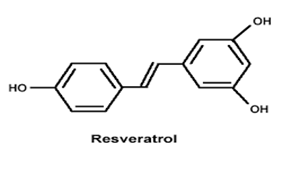
4. What are the Benefits of Resveratrol?
There are many positive effects of resveratrol supplements, such as:
- It can stimulate cholesterol and lowers the impact of enzymes to control the formation of fat and cholesterol in the blood.
- Resveratrol as an antioxidant lowers LDL oxidation because more LDL concentration enhances plaque formation in the heart’s walls.
- The consumption of Resveratrol supplements activates the genes that decrease the effect of anti-aging.
- Due to the antioxidant and anti-inflammatory characteristics, it reduces the age cognitive decline of brain cells.
- Resveratrol treats diabetes because it is insulin sensitive.
- It reduces inflammation and lowers the risks of chronic diseases.
- It also activates the AMPK proteins to maintain blood sugar levels and keep them low.
- Resveratrol is very helpful in protecting brain cells and lessening blood pressure.
- It cures skin disorders such as cancer and microbial infections and removes the skin’s dead cells.
- Resveratrol is an antioxidant to protect against skin damage from UV rays and maintains skin elasticity.
- Resveratrol protects the body against cancer cells such as colon cancer, breast, gastric, liver, and prostate.
- Another positive impact of Resveratrol is that it lowers the pain in joints, such as arthritis.
5. Are Resveratrol Supplements Safe and Good for You?
Resveratrol is safe, and a normal healthy person can use it. But it causes reactions in those who are allergic to grapes or wines. People should keep in mind their health conditions before using supplements. People suffering from serious bleeding disorders should consult a doctor before using supplements.
6. Why Take Resveratrol Supplements?
Resveratrol has anti-inflammatory properties, making it a useful treatment for skin and arthritic inflammation. Additionally, resveratrol’s antibacterial and antifungal qualities aid in treating infections of the urinary and digestive tracts. Resveratrol is a polyphenol crucial for defending the body against cellular damage caused by free radicals. Free radicals naturally generate when your body digests food, you breathe in cigarette smoke, or you are exposed to radiation. They target cells and are erratic. They are also to blame for the emergence of various disorders associated with aging.
7. How Much to Take ?
Professionals in medicine continue to disagree on the ideal dosage of resveratrol.
Resveratrol is technically safe to consume in amounts up to 5 g per day, according to clinical trials and trusted sources, but exceeding 2.5 g per day is likely to cause stomach side effects like cramps, flatulence, nausea, and more.
According to 2015 Trusted Source research, resveratrol doses less than or equal to 0.15 mg may be the most efficient at lowering arterial wall pressure and improving blood pressure control.
Overall, resveratrol tolerance varies from person to person, and no one recommended dose applies to all individuals. The safest and healthiest dose for an individual’s body should discuss with their doctor. To find out what course of therapy is best for you, you should always consult your doctor or other health care provider before beginning, stopping, or changing any recommended component of your treatment or health care plan.
8. Resveratrol, How Long will it Take to Effect?
Resveratrol can be taken continually for three months to get better results. Resveratrol is safe; you can take 1000 mg daily for up to three to six months. However, we can also use it tropically. When applied directly to the skin, it is safe for one month. You need to know when to take resveratrol for good results, and which resveratrol supplement is best for your health.
People can take resveratrol supplements in small amounts by mouth (1500mg dose) for three months. When Resveratrol is used directly on the skin is safe and used for thirty days. But in the nose, the Resveratrol was sprayed for four weeks.
9. Side Effects of an Overdose of Resveratrol
Resveratrol has no major side effects, but over-dose of the resveratrol may have side effects. Such as diarrhea and vomiting. There are some reverse effects of Resveratrol, which can put the human body at risk of cancer and heart diseases. People who have bleeding disorders should avoid taking resveratrol supplements without doctor suggestions. Because Resveratrol can interact the other medicines can make the blood thinner.
10. Compared with Other Antioxidant Products.
There is a comparison of resveratrol with other antioxidant products:
-
Resveratrol and NMN
NMN is an important nucleotide, and it increases energy and mitochondrial metabolism. When NMN and Resveratrol work together, the results are effective, NMN activates NAD+ levels in muscles, and Resveratrol boosts the sirtuin gene, which protects DNA in the body’s cells. Many researchers recommended that NMN is very effective in reducing aging.
-
Resveratrol and Ferulic Acid
Resveratrol and ferulic acid are two very effective and strong antioxidants used to treat skin and keep skin hydrated. Ferulic acid is used in supplements and as a compound or part of anti-aging medicines and serums. It fights free radicals to treat skin, such as acne spots, aging, wrinkles, and blemishes.
-
Resveratrol and Quercetin
Quercetin is a pigment of plants commonly known as flavonoids, and Quercetin acts as an ant-oxidant compound. The combination of Resveratrol with Quercetin is effective both reduce fat deposits. Quercetin supplements protect the circulatory system, reduce clots and lessen the attack of strokes.
-
Resveratrol and Vitamin C
Vitamin C has another name, ascorbic acid, and is used as a skincare cleanser. It works better with the combination of Resveratrol. Both ingredients can boost the skin and brighten it up. Resveratrol and vitamin C are the best combinations together also. The new epithelial layer of a skin cell is developed in under one month, and the old skin layer is sloughed away. Both are the best skin exfoliators.
-
Resveratrol and Grape Seed Extract
The grape seed extract is very useful in treating colon cancer. The main component of the grape seed is proanthocyanidin, a free radical scavenger in different berries. It is useful for skin protection. Resveratrol helps lower the risks of inflammation, chronic diseases, diabetes, and obesity.
-
Resveratrol and Astaxanthin
Astaxanthin is a carotenoid chemical compound used as a diet supplement to beautiful antioxidant skin, protecting the skin from UV rays. The Impacts of Resveratrol are more powerful than astaxanthin. The combination of both has a hugely beneficial impact on treating skin and other disorders.
-
Resveratrol and Trans-Resveratrol
These are two forms; the key difference between these compounds is how they work and are absorbed by the cellular tissues. According to scientists, more positive results are seen under trans-resveratrol as they are more effective for human health.
Trans-resveratrol is an anti-tumor, anti-carcinogenic compound. Another difference between these compounds is that Resveratrol is a general phenolic supplement that acts as an antioxidant, but trans-resveratrol is already found in the supplements of resveratrol supplements.
-
Resveratrol and Coenzyme Q10
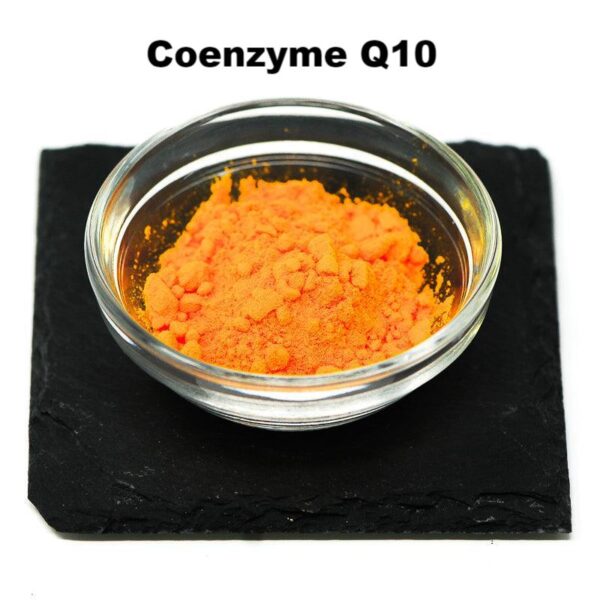
The use of resveratrol and coenzyme Q10 as anti-aging vitamins has grown in popularity. Both supplements can lower blood glucose, a key biomarker linked to aging and longevity, despite the lack of studies on humans and lifespan.
The body naturally produces coenzyme Q10, sometimes referred to as “ubiquinone,” which is an enzyme that may be found in practically all cells and tissues. CoQ10 encourages the mitochondria in our cells to make adenosine triphosphate (ATP), which assists the body turn food into energy more effectively. CoQ10 functions as an antioxidant in the mitochondria and cell membranes, reducing the risk of cellular deterioration.
Summary
You need to get these healthy products, so make sure you purchase these herbs and products from a reliable supplier with a good record of supplying high-quality products.
Let’s contact Xi’an Herb Bio, who can help you in all steps, from getting a quote to the delivery step. To achieve business success and competitive prices, get an instant quote.


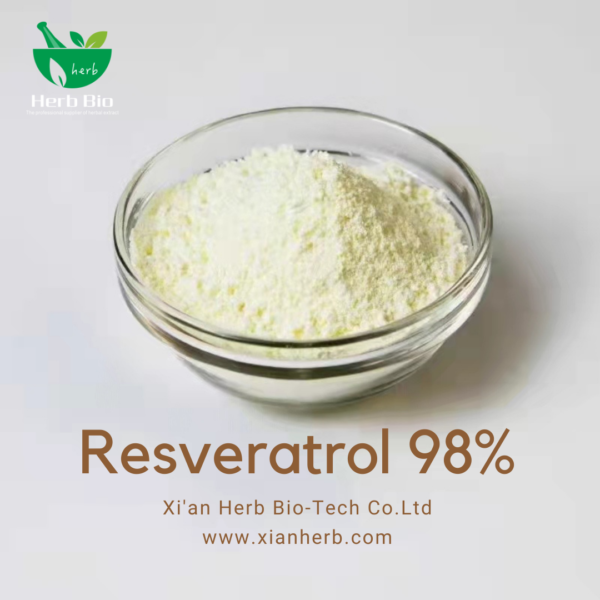
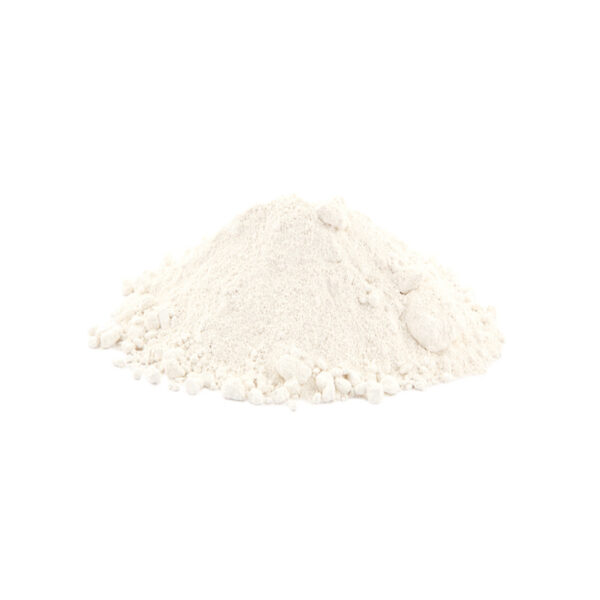
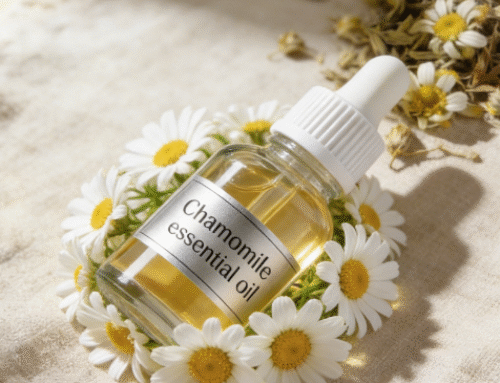
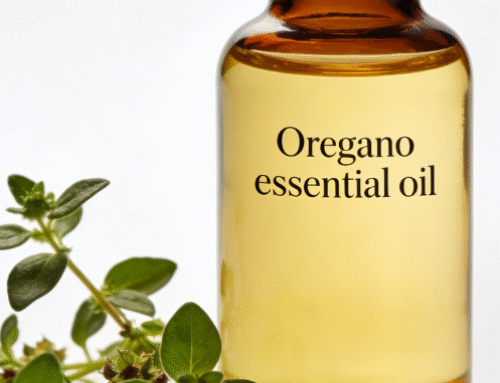
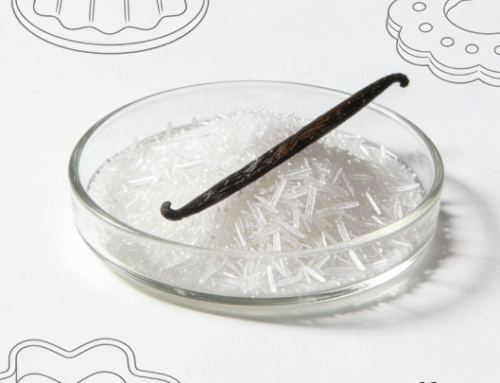
Leave A Comment